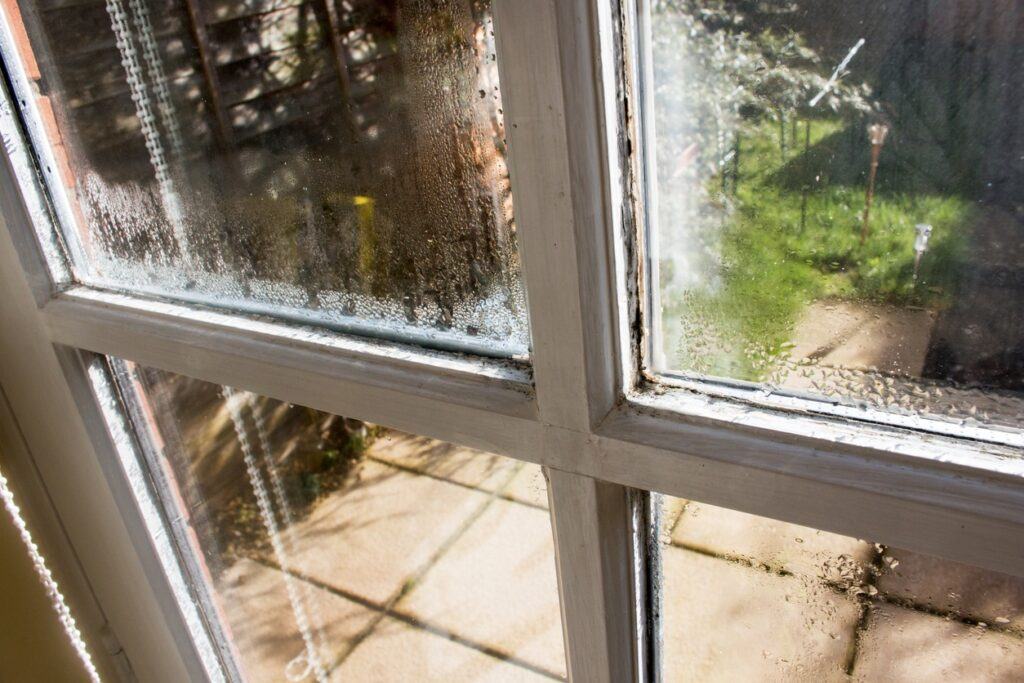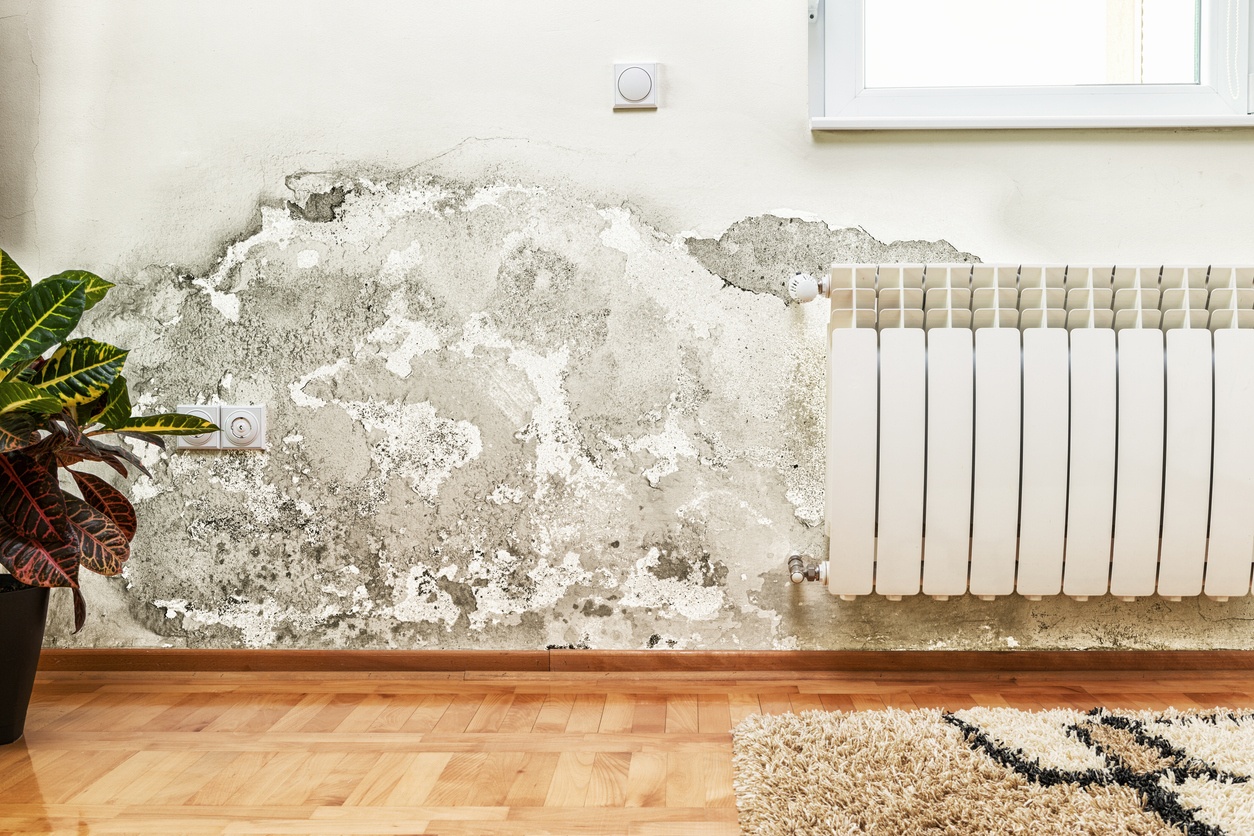Recent news coverage and an investigation from ITV has seen the increase of disrepair in social housing. This has led to an influx of housing tenants campaigning and complaining that mould, damp and lack of heating is affecting their health, while they are staying in uncomfortable living conditions. Many residents with underlying health conditions such as asthma and COPD are increasingly concerned with their wellbeing while living in such disrepair. With numerous press stories being brought to the attention of politicians, the UK Health and Safety Executive and the Housing Ombudsman, there is now an investigation into the damp and mould conditions in social homes. Housing associations are therefore under pressure to provide an efficient repairs service to their tenants, while trying to tackle the increase of compensation based legal claims.
In our latest blog, we take a look at disrepair in social housing and how introducing IoT technology can help ensure the safety and wellbeing of tenants while enabling housing associations to remain compliant.
Changes in UK law and the benefits of introducing technology 
The Fitness for Human Habitation Act, which came into force in March 2019 put an increased pressure on social landlords who are now liable for inadequate living conditions and have to pay not only for the cost of improving properties but also paying compensation to the tenant if found to have been negligent. Coupled with the affects of Covid 19 whereby tenants may be reluctant to allow repairs teams into their homes, this has escalated the disrepair issue. This has resulted in many housing associations and social landlords starting to look at new technologies to monitor disrepair remotely, reduce paper-based processes and use data from sensors to detect issues in advance. Not only will this save time and capacity from a workforce perspective, but it also ensures all evidence is recorded and enhances the volume and quality of data should a case be brought to court.
How IoT technology can help 
Social housing landlords may want to consider deploying IoT sensor technology to proactively monitor temperature and humidity in their tenants’ property and rectify any disrepair issues occurring before they escalate. The benefits of sensor technology have the potential to far outweigh the costs of numerous legal challenges and claims.
Sensors are able to monitor the tenants living environment, gathering data, detecting if there is a risk, notifying the organisation and enabling jobs to be proactively created to tackle the issues before they escalate into a more significant problem.
Additionally, data from the sensors will provide insight into damp issues which could be used to educate and prevent black mould forming but also to provide evidence to support the defence by highlighting that proactive actions were attempted or taken that helps alleviate blame. Furthermore, when the sensors are deployed, they will also give an indication of fuel poverty by alerting the relevant stakeholders if the temperature in the property is below a certain level.
Benefits of IoT technology to help mitigate disrepair
- Ensuring compliance standards are met – With intuitive forms, photographs and signatures completed during each visit, housing associations and landlords have evidence which is documented accurately. All information is captured to provide a transparent audit trail and ensure compliance and health and safety standards are met.
- Increase capacity & productivity – IoT enables automatic job allocation by setting certain conditions in sensors and triggering a response task. It eliminates manual processes and reduces time spent manually assigning work. This ensures that staff are spending their time completing work that is actually required and more time can be spent on proactive tasks, maximising their capacity.
- Customer satisfaction – IoT enables automated processes that facilitate the undertaking of a timelier service which drives consistency in high quality service delivery for both customers and staff. By ensuring repairs are carried out and providing the service user with a visual history of what information was completed, housing associations can ensure an improved customer/tenant experience is delivered.
- Improve cost efficiencies – By deploying IoT sensors within tenants’ homes, housing associations can proactively prevent any issues occurring before they become a problem as the sensors can detect repair risks in advance. This reduces any SLA penalty costs, disrepair claim costs and any additional costs that would be associated to larger based jobs.
Sense from Totalmobile
Sense from Totalmobile makes use of IoT technologies, including connected sensors and rules engines, that enable the creation of work to be automated and assigned to mobile workers, without the need for human intervention.
At Totalmobile, we provide housing organisations with flexible technology solutions which enables them to deliver services efficiently and record information accurately. Our Job Management and IoT capabilities ensure disrepair is proactively monitored while enabling you to evidence information accurately. For further information on our job management software, our Housing & Property Solutions contact us here, or download our Sense brochure.







